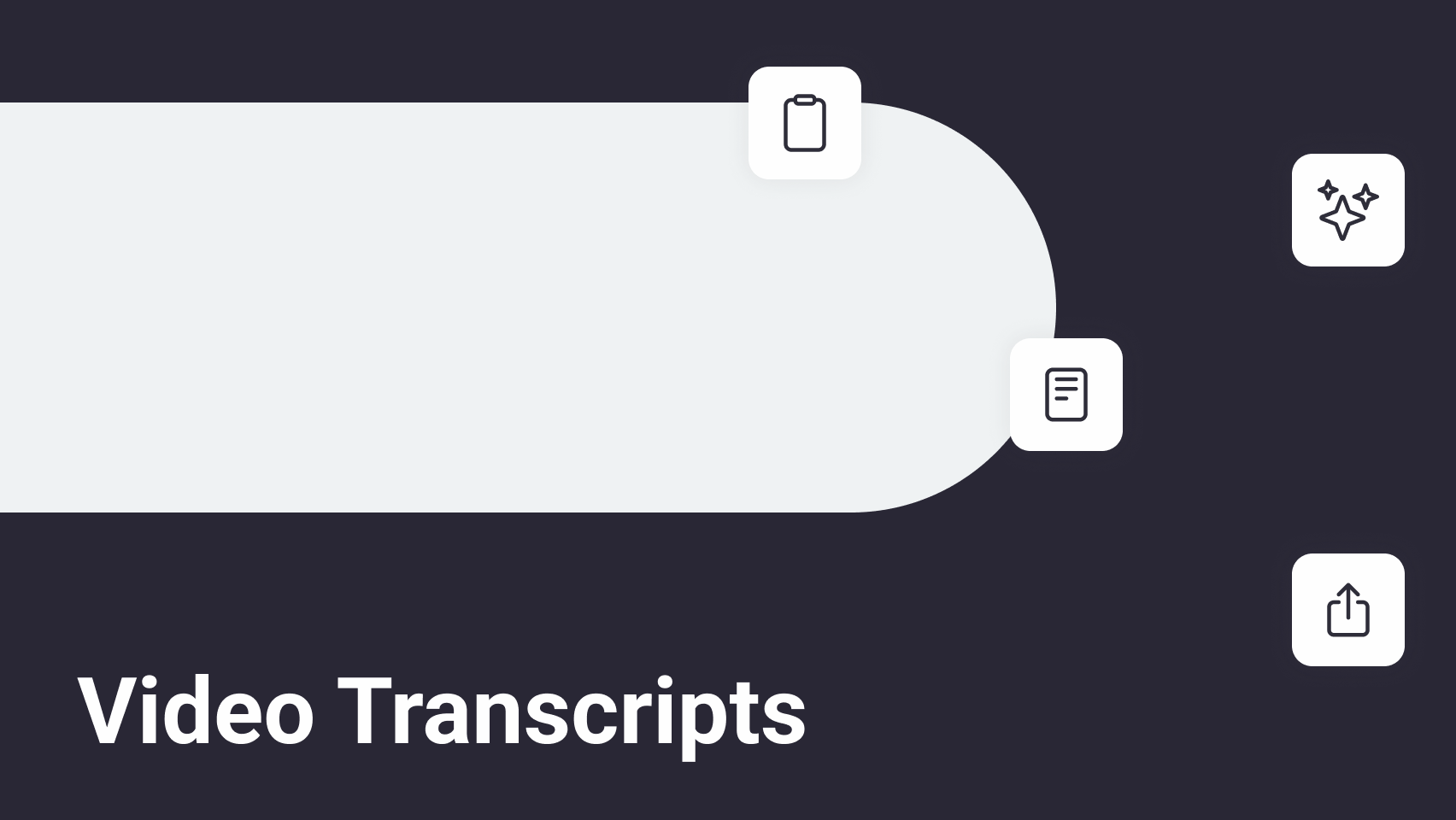Summarizing an Informational Text: Most Important Steps to Follow

Writing an objective summary that preserves all important information from a text while achieving brevity is far from easy. Luckily, various techniques can be employed to get optimal results, even when complex texts are being examined.
Summarizing an informational text is heavily dependent on one’s ability to understand and extract all the essential data. An informational text is a subset of non-fiction that is primarily concerned with giving the reader sufficient information on a topic.
Biographies, essays, and non-chronological reports are all examples of informational texts. These can be notoriously difficult to work through. The person doing the summary will need to understand the meaning of the entire piece, extracting all the relevant information and not just the random bits.
If you are wondering about how to summarize an informational text, the following guide will shed some light on the most important steps and the things you will have to do for the outcome’s quality to be optimal.
What Is an Informational Text Summary?
An informational text summary is a concise overview of the source content’s essence. It brings together all the key points in the original. The summary makes it easy for the relevant information to be accessed quickly.
Doing an informational text summary can be beneficial in multiple ways, the most important ones being:
- Simplifying complex information and making it easier to grasp
- Extracting essential data
- Clarifying ideas
- Enhancing learning skills
- Boosting both your communication and presentation skills
The Most Important Informational Text Summary Elements
A high-quality summary needs to have multiple elements that increase relevance and allow for the collection and the proper presentation of the most relevant data.
Some of the things you will have to focus on include:
- Conciseness
- Good structure
- Accuracy
- Objectivity
- Cohesiveness
Below are key practices to adhere to and common mistakes to avoid when summarizing an informational text
How to Summarize an Informational Text: Steps
A good summary has the right structure. To make sure yours is logically organized, you can follow these simple steps:
When going through these steps, you will need to continually make the distinction between key details and unimportant details.
Key Details
Key details are the facts that explain the author’s main idea. Without these details, the original thesis remains unclear or it’s difficult to support.
Details of Secondary Importance
Unimportant details which do not impact the thesis and the cohesiveness of the informational text. They provide background and nuance but the text remains strong even in their absence.
To determine if a piece of information is unimportant, ask yourself a couple of questions:
- Does the detail support the main idea of the text?
- Does it contribute to the research question, end goal, or hypothesis of the document?
- Will the main concept remain unchanged if the particular detail is eliminated from the summary?
Asking yourself these three questions will simplify the process of making a distinction and focusing solely on the pieces of information that build the story and provide details a reader will need to make sense of the concept/thesis.
Main Mistakes to Avoid When Summarizing Informational Text
The best strategies for summarizing informational text make it easy to avoid some of the common mistakes. These potential issues are easy to run into, especially if you lack experience. Here are some of the possible errors and the strategies to adopt in order to reduce the risk of committing such mistakes.
Including Your Own Opinion in the Summary
Often, we feel tempted to analyze and interpret the details found in an informative text. That’s a massive but fairly common mistake.
A summary gives the key details that the author has featured in the original. Your opinion on those details will typically be presented in another type of document. A summary is meant to be unbiased and entirely derived from the source content.
Not Paraphrasing Enough
While the aim of the summary is to present the informative text author’s original ideas, changing only a few words when writing will qualify as plagiarism.
You can feature quotes in your summary but putting the content in your own words is the best way to summarize the important details without potentially getting blamed for plagiarizing.
Failing to Make a Distinction Between Important and Unimportant Details
A summary should only focus on the important pieces of information that build a thesis and develop the author’s idea.
When working with more complex informational texts (especially if they’re in a field you’re not that familiar with or they feature a lot of jargon), you risk running into problems. If you don’t comprehend the text entirely, you may omit some of the key details while including secondary bits of information.
If you’re not confident about a section or you need a clarification, take some time to grasp the original text better before moving on to confidently summarizing the content.
The Immense Power of Advanced AI Summarization Technology
Working with large informational texts will test your skills. You’ll need to make sense of dozens of data sets, some of which are incredibly specialized or difficult to comprehend. In such instances, leveraging technology to increase the quality of the summary makes the most sense.
Not only does AI text summarization give you quick and efficient results, it can also help your learning process and even contribute to the acquisition of new skills. Studies suggest that students who employ AI tools for project completion develop complex critical thinking skills as a result.
Advanced AI tools deliver such benefits while eliminating the challenges of informational text summarization. They can quickly sort through large volumes of data, extracting the most important concepts and crafting a compelling summary.
Frequently Asked Questions
Conclusion
Informational texts pose specific challenges when it comes to summary creation. They often feature a lot of information and making the distinction between essential and non-essential bits will sometimes have you questioning your judgment.
Going through the text carefully in advance, highlighting the important information, asking yourself questions to understand the author’s thesis, and drafting an outline before getting started with summarization itself are all steps bound to increase your chances of success.
You can also count on various tools to make the summarization process easier. Our world is changing and innovative solutions are becoming available by the minute. Employing such tools strategically will speed up the summary creation, give you more cohesive results, and allow you to enhance your skills while learning something new and beneficial.
References:
https://www.sciencedirect.com/science/article/abs/pii/S0959475224001385
Stay ahead of media











